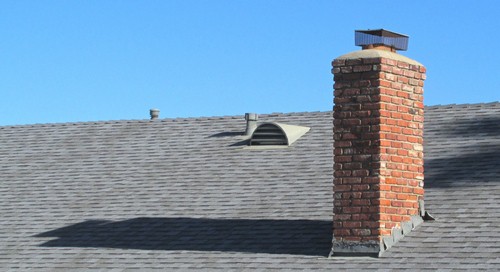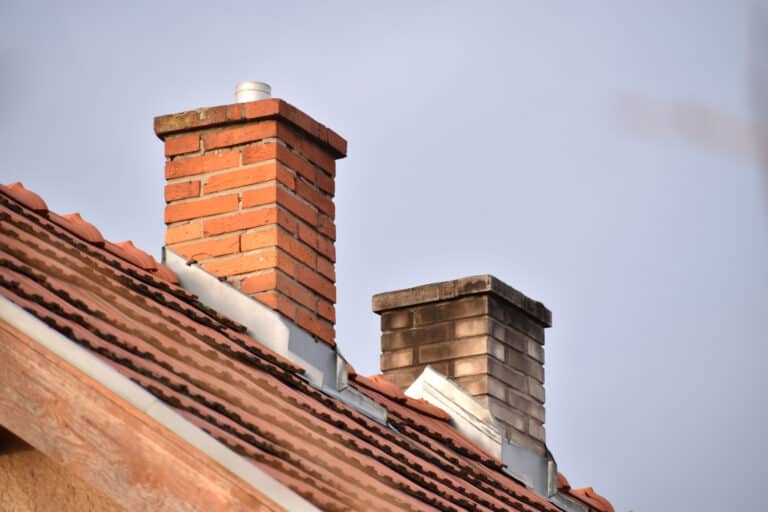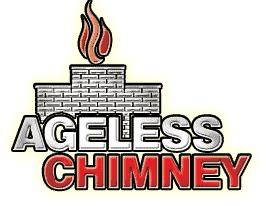Chimney Company in East Harlem NY.
What our clients say




View our work
Browse all Services
contact us
Chimney Company Standards: 6 Things You Should Expect

Dependable Chimney Maintenance and Repair in New York County
When the residents of East Harlem, NY need the services of a chimney company, there’s only one place they call: Ageless Chimney. For nearly two decades, we’ve been providing New York County with the highest quality chimney maintenance and repair services. We are committed to excellence and customer satisfaction, and we strive to exceed industry standards in chimney services. Whether you need chimney inspections, repairs, or maintenance, our team of skilled professionals is here to ensure the safety and efficiency of your chimney system. Contact us today at 516-795-1313 to schedule an appointment.
Owner Operated
Because all jobs are handled by an owner, you can rest assured that your project will command the attention it deserves.
Free Estimates
Great service at the best price. We will not be undersold. Our estimates are FREE and we will beat any written estimate.
24-Hour Emergency Service
Ageless Chimney is one of a few chimney companies to offer TRUE 24-hour emergency service should you need it.

6 Things You Should Expect from a Professional Company in East Harlem, NY
Chimney services are crucial in maintaining the safety and efficiency of your New York County home. However, not all chimney companies are created equal. If you’re in East Harlem, NY, and are looking for a chimney company, here are six key things that you should expect from a reliable professional, like Ageless Chimney.
Comprehensive Chimney Inspections
A reputable chimney company should perform thorough chimney inspections to identify any potential issues or hazards. The experienced professionals at Ageless Chimney will examine the entire chimney system, including the flue, liner, damper, and masonry, ensuring that everything is in optimal condition. By conducting regular inspections, we can catch problems early on and prevent costly repairs or dangerous situations.
Professional Chimney Cleaning
Regular chimney cleaning is essential to remove built-up creosote, debris, and other obstructions. The skilled chimney sweeps at Ageless Chimney utilize advanced techniques and tools to ensure a clean and efficient chimney system. A clean chimney not only enhances the safety of your home but also improves the overall performance and longevity of your fireplace or heating appliance.
Expert Chimney Repairs
A top-notch chimney company will also offer expert chimney repairs. Should your chimney require repairs, you can rely on the team of experts at Ageless Chimney to handle the job with precision and skill. Whether it’s a damaged chimney cap, cracked masonry, or a faulty damper, we have the knowledge and experience to restore your chimney to its optimal condition. We use high-quality materials and adhere to industry standards to ensure long-lasting repairs that prioritize safety and functionality.
Chimney Liner Installation and Repair
The chimney liner plays a critical role in protecting your New York County home from the byproducts of combustion. If your liner is damaged or deteriorated, it can pose serious risks to your property and the health of your loved ones. A dependable chimney company like Ageless Chimney will offer professional liner installation and repair services, ensuring that your chimney operates safely and efficiently.
Reliable Chimney Maintenance
Preventive maintenance is key to keeping your chimney system in excellent shape. Our chimney experts can develop a tailored maintenance plan to suit your specific needs. From regular inspections and cleanings to addressing minor repairs promptly, we are dedicated to helping you maintain a safe and efficient chimney system year-round.
Courteous and Professional Service
You should expect a chimney company to offer courteous and professional service. At Ageless Chimney, we prioritize customer satisfaction and strive to deliver exceptional service with a friendly approach. Our team is knowledgeable, punctual, and respectful of your property. We take the time to address your questions and concerns, providing you with the information you need to make informed decisions about your chimney system.

Choose Ageless Chimney for All Your Chimney Care Needs
When it comes to chimney services in East Harlem, NY, Ageless Chimney is the name you can trust. With our commitment to excellence, industry expertise, and dedication to customer satisfaction, we are the premier choice for all your chimney needs. Contact us today at 516-795-1313 to schedule an appointment or learn more about our services. Let us ensure the safety, efficiency, and longevity of your chimney system.
Have a question?
Local Resources
Useful links for East Harlem, NY
Useful Links
Here are some chimney-related links:
